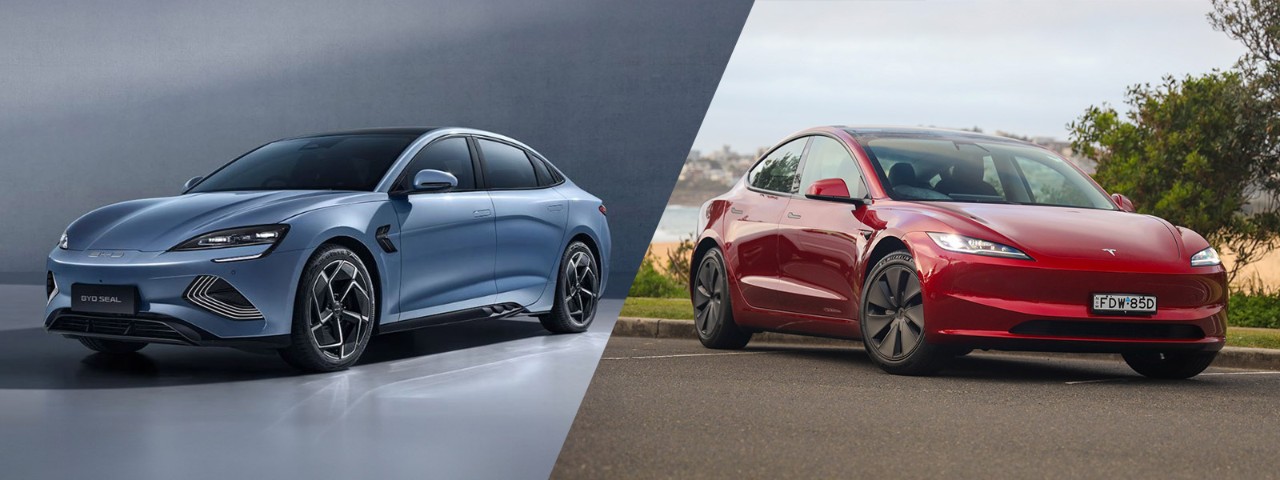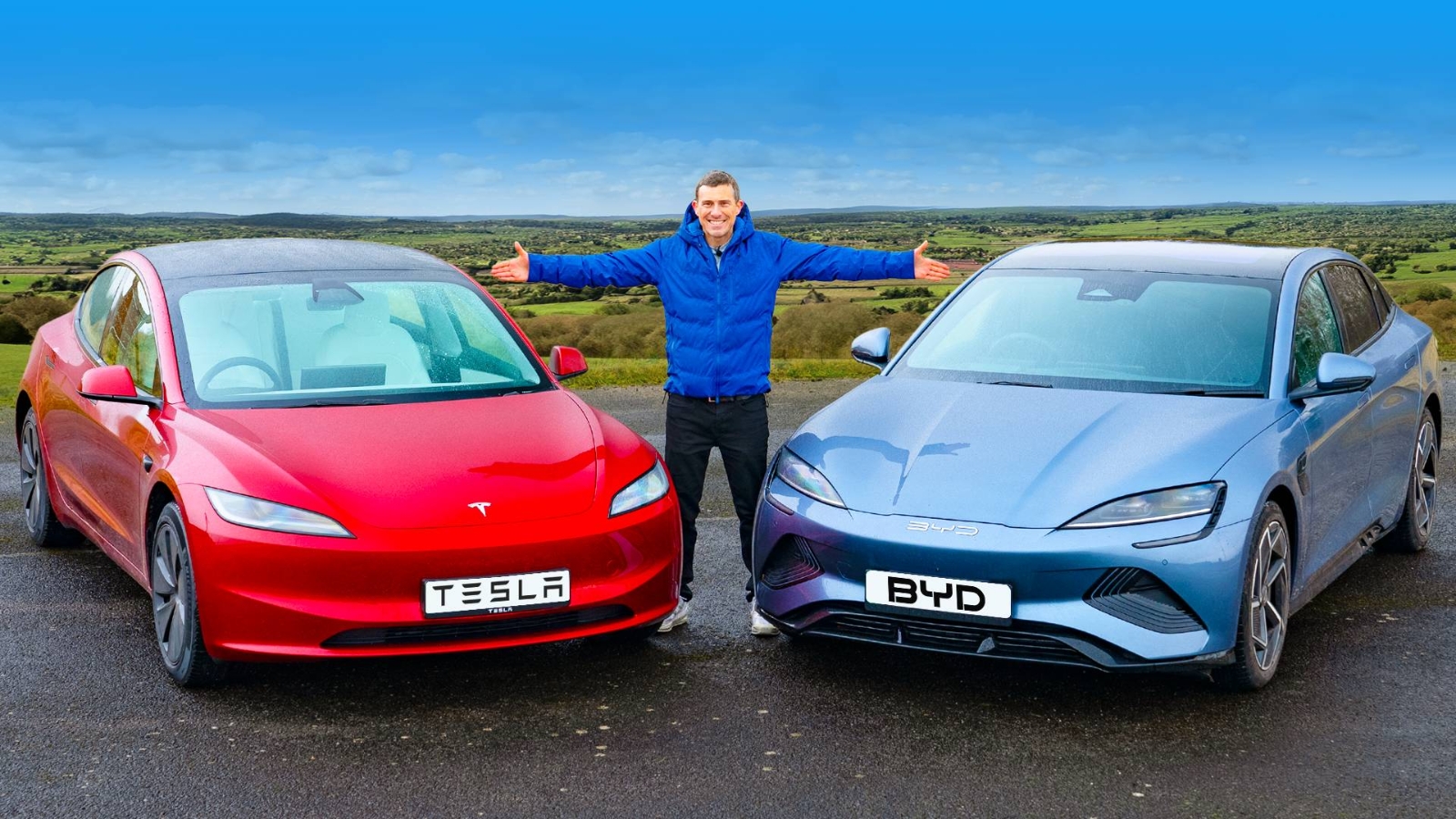The Tesla Model 3 remains one of the world’s most popular electric vehicles, cementing its position as the second best-selling EV globally. However, Chinese manufacturer BYD is mounting a serious challenge with their Seal sedan, offering comparable performance and features at competitive pricing.
Price Battle: Surprising Results
Contrary to expectations about Chinese pricing advantages, the Tesla Model 3 actually starts lower at £39,990 for the rear-wheel-drive variant, while the equivalent BYD Seal commands nearly £46,000. However, the dual-motor versions tell a different story – the Model 3 Long Range costs £49,990 compared to the Seal’s £48,700. Buyers can potentially save around £2,800 on new BYD Seals through Car wow.
Design Philosophy: Familiar Yet Distinct
Tesla’s Refined Evolution
The 2023 Model 3 update introduced slimmer headlights, a redesigned front bumper, and refreshed taillights while maintaining its iconic silhouette. The changes feel evolutionary rather than revolutionary.
BYD’s Bold Statement
The Seal exhibits some Tesla-inspired elements, particularly in its headlight design reminiscent of the Tesla Roadster. However, BYD adds distinctive touches like side creases and rear door fins, creating a slightly more appealing overall aesthetic.
Interior Technology and Usability
Tesla’s Minimalist Approach
Tesla’s 2023 interior refresh brought premium materials and ambient lighting, but the extreme minimalism proves frustrating. Physical indicators and gear selectors have vanished, replaced by steering wheel buttons and touchscreen sliders – a step too far in simplification.
BYD’s Conventional Comfort
The Seal maintains traditional controls with stalks and physical drive selectors alongside a curved dashboard with excellent material quality. Both vehicles feature 15+ inch touchscreens, but their philosophies differ significantly.
Infotainment Showdown
Tesla’s system offers pin-sharp graphics and responsiveness but lacks Apple CarPlay, Android Auto, and physical climate controls. The absence of a head-up display forces drivers to check speed on the central screen. BYD provides both digital driver display and head-up display but struggles with menu navigation and climate control accessibility.
Performance and Range Capabilities
Range varies significantly across variants. The entry-level Model 3 achieves 323 miles, extending to 436 miles in long-range configuration. The rear-drive Seal manages 354 miles, while the dual-motor version tested delivers 323 miles compared to the Model 3 Long Range’s impressive 421 miles.
Driving Dynamics
The Tesla excels in driving enjoyment with go-kart-like handling, sharp steering, and precise acceleration. Even on eco-friendly tires, it maintains excellent grip and country road entertainment value. The BYD Seal offers a more relaxed approach with softer suspension providing superior comfort over bumps, though feeling less composed and precise than its German rival.
The Verdict: Excellence vs Innovation
Both vehicles represent compelling electric options, but they serve different priorities. The BYD Seal delivers attractive styling, comfortable interiors, and pleasant daily driving characteristics. However, the Tesla Model 3 edges ahead with superior driving dynamics, better infotainment integration, and access to Tesla’s extensive Supercharger network.
For driving enthusiasts seeking engaging performance and cutting-edge technology, the Model 3 remains the superior choice despite the Seal’s admirable qualities.
Frequently Asked Questions
Q: Which car offers better value for money?
A: The dual-motor BYD Seal costs slightly less at £48,700 vs Tesla’s £49,990, but Tesla’s longer range and Supercharger access may justify the premium.
Q: Is the BYD Seal’s interior better than Tesla’s?
A: BYD offers more conventional controls and better displays, while Tesla provides superior touchscreen responsiveness but sacrifices physical controls.
Q: Which car is more reliable?
A: Tesla has longer market presence and established service networks, while BYD represents newer technology with growing but limited UK infrastructure.
Also Read:-Nissan’s Smart Move That Averted a Huge Recall Crisis
